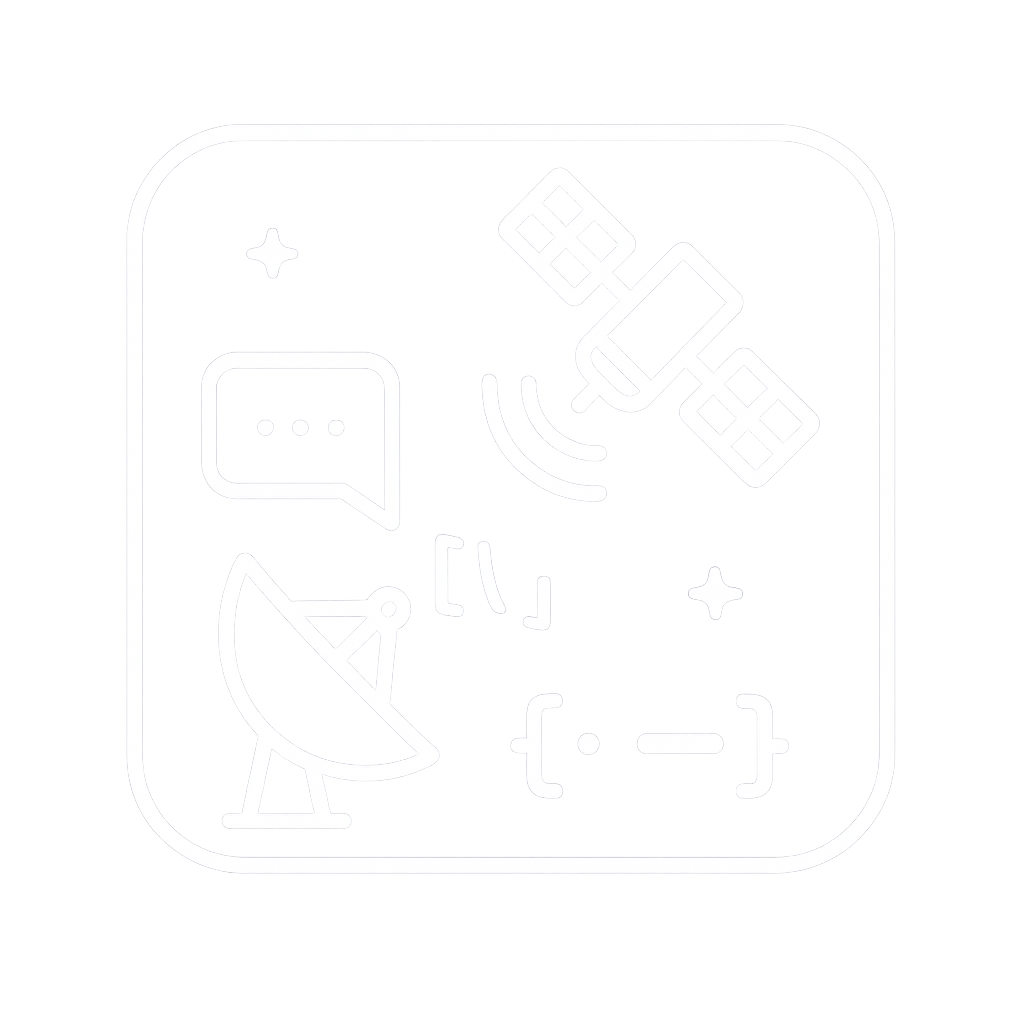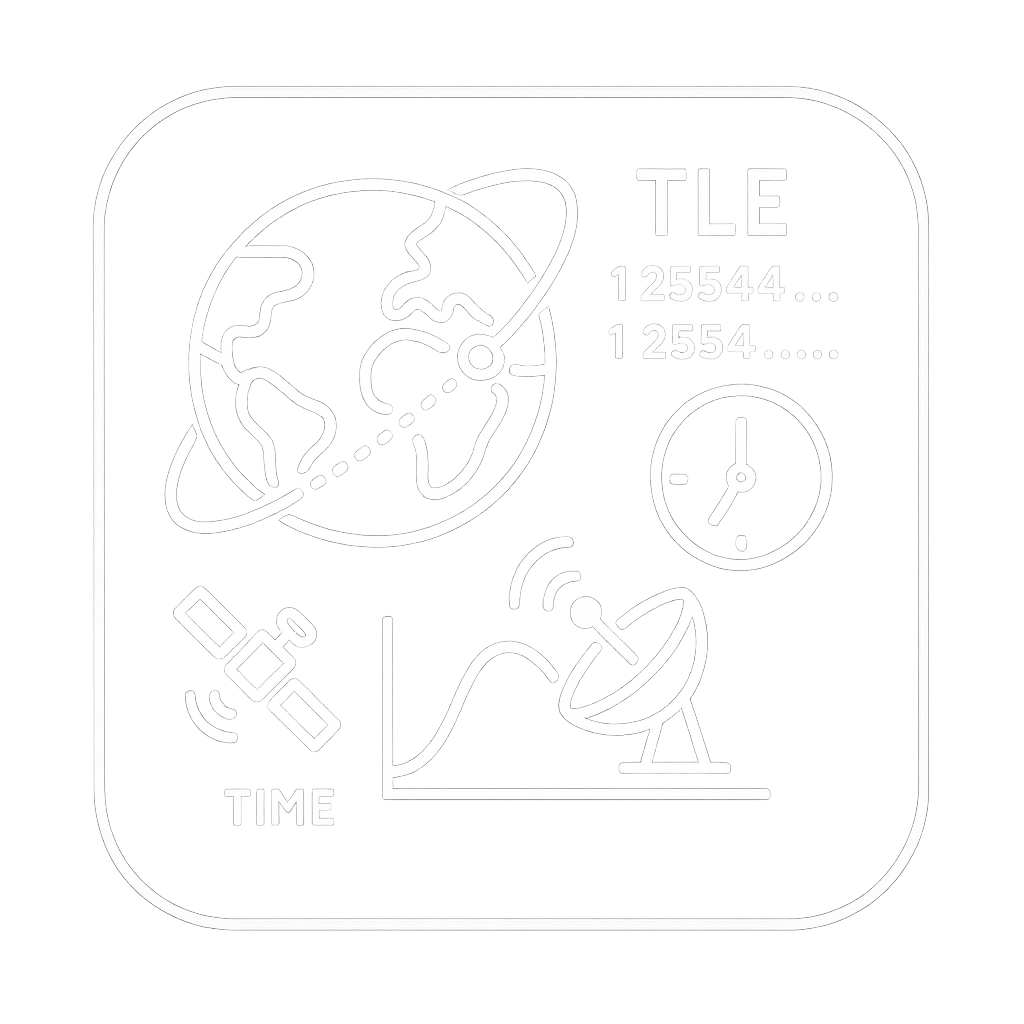CubeSat Capabilities
Tiny satellite. Big missions. From sensing our atmosphere to contacting a ground station, students learn by doing—like real mission teams.
CubeSat Assembly Task
Building a CubeSat isn’t just about theory — it’s a real engineering challenge that brings every subsystem together piece by piece. Through this task, students assemble, integrate, and test real components to understand how satellites become mission-ready.
Learn how the CubeSat frame is designed for durability, alignment, and modular expansion.
Connect and integrate power, communication, payload, and control modules — building a complete satellite system.
Simulate power cycles, telemetry links, and environmental conditions to ensure each subsystem performs reliably.
Present the assembled CubeSat, test data, and design rationale to mentors — preparing for real-world review and future launch programs.

What Students Will Learn
Students progress week by week—from sensing and coding to radio links, orbit passes, and attitude control—ending with a mini mission review.
Sensors & Safe Wiring
Read temperature, light, motion, and location. Build safe circuits and capture clean data.
Code That Makes It Act
Write simple programs to wake, take pictures, or transmit—autonomously.
Send & Receive Signals
Understand link budgets and see how short messages travel via the sky to your ground station.
When It Flies Over You
Predict passes and plan contact windows for your location.
Keep the Camera Steady
Use gyros and magnetometers to aim and stabilize the payload.
Pictures & Patterns
Capture images, adjust exposure, and classify land, water, and clouds for simple maps.




